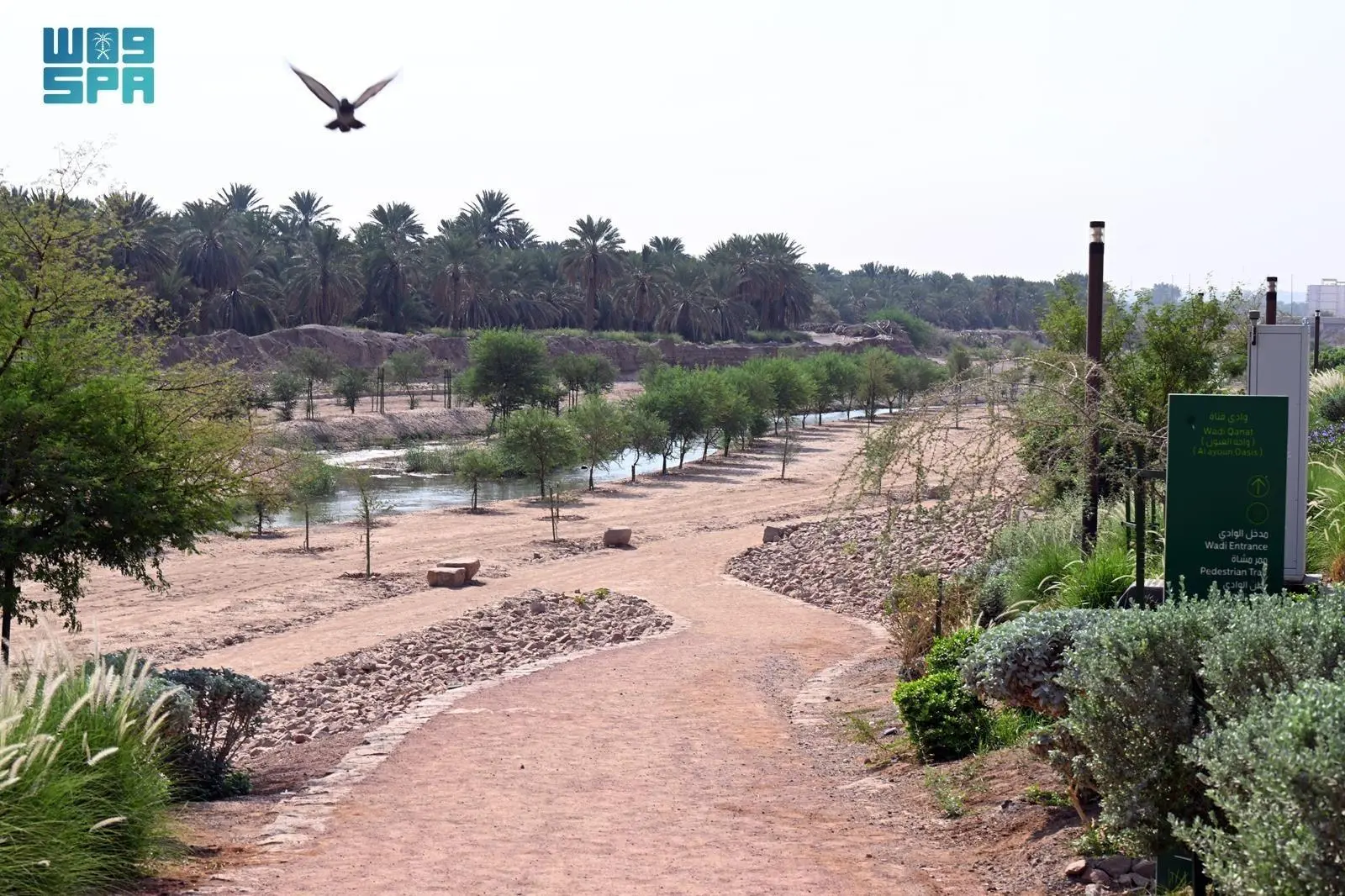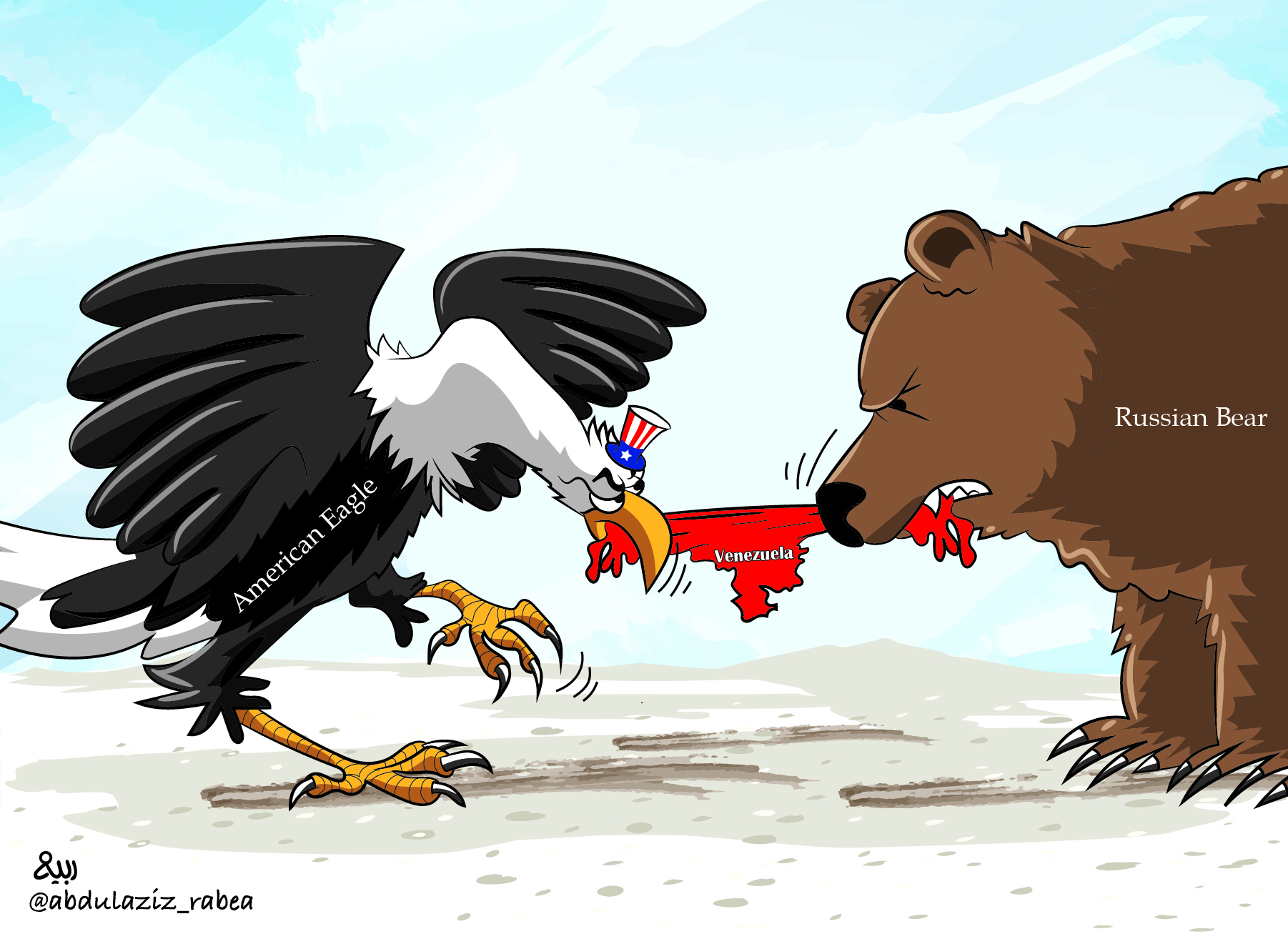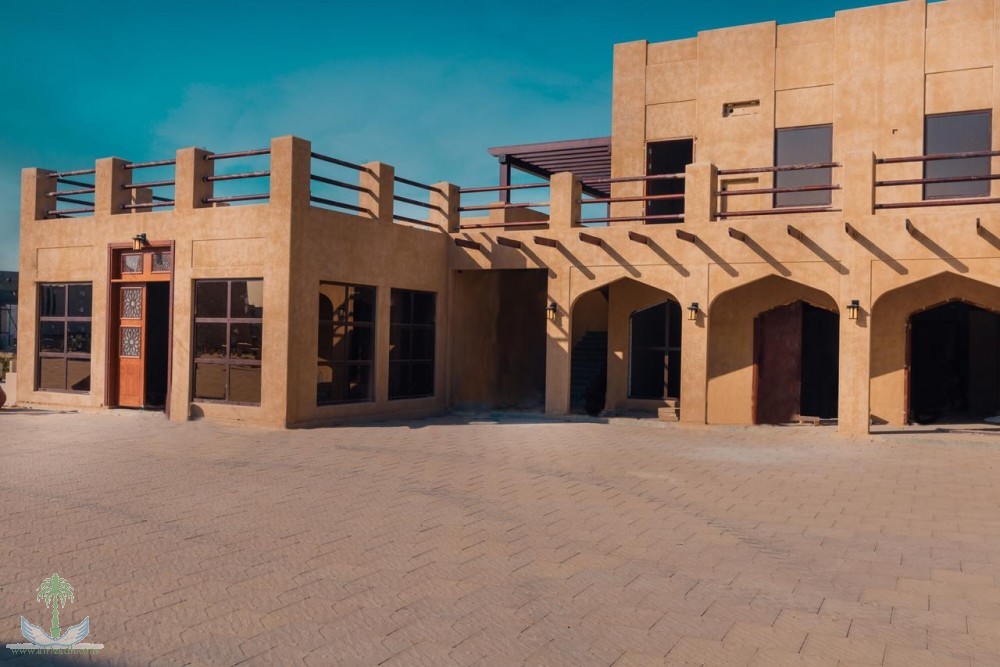
Wadi Qanat: A Testament to Madinah's Historical Landscape
Wadi Qanat, a significant historical site in Madinah, is known for its association with key Islamic events, particularly the Battle of Uhud during the third year of the Prophet Muhammad's (PBUH) migration (Hijra). Situated south of Mount Uhud and Jabal al-Rumah, the valley extends from the northwest to a confluence where major valleys, such as Bat'haan and Al-Aqeeq, meet.
Wadi Qanat, meaning ‘channel’, derives its name from the natural hollow that collects water and has played a vital role in the geographical and historical landscape of Madinah.
To preserve this site, the Madinah Municipality has implemented rehabilitation and development efforts, including the rehabilitation of valley banks, construction of plazas and pedestrian walkways, paving sidewalks with natural marble, and building a scenic overlook at the valley's intersection with airport road.
These enhancements also included planting palm trees, adding green spaces, and installing ground lighting, making Wadi Qanat a significant environmental and historical destination that enriches Madinah's urban landscape.








